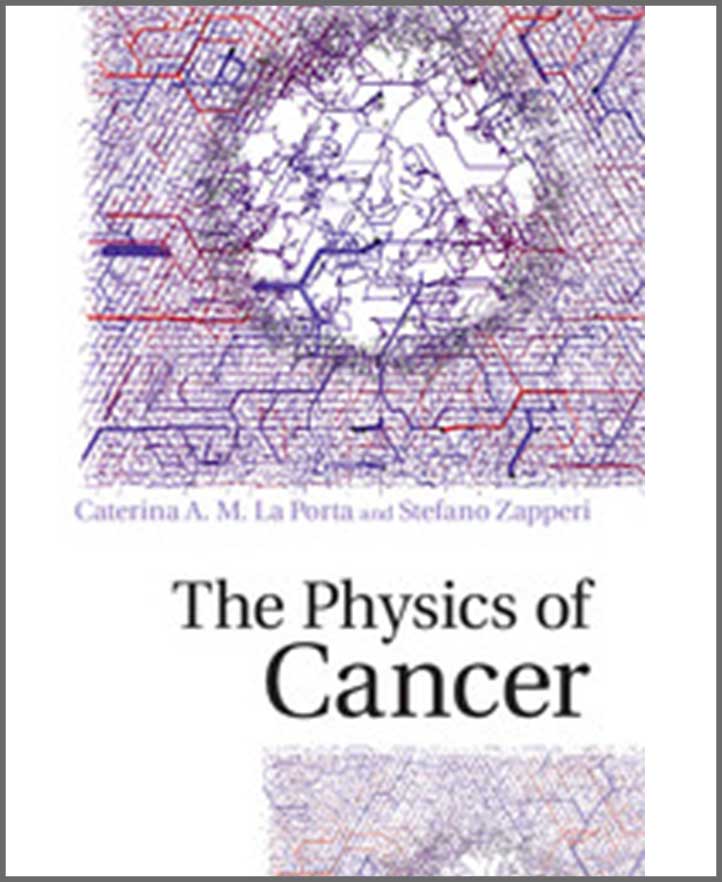Books

Understanding Innovation Through Exaptation
This book explores the role of exaptation in diverse areas of life, with examples ranging from biology to economics, social sciences and architecture. The concept of exaptation, introduced in evolutionary biology by Gould and Vrba in 1982, describes the possibility that already existing traits can be exploited for new purposes throughout the evolutionary process. Edited by three active scholars in the fields of biology, physics and economics, the book presents an interdisciplinary collection of expert viewpoints illustrating the importance of exaptation for interpreting current reality in various fields of investigation. Using the lenses of exaptation, the contributing authors show how to view the overall macroscopic landscape as comprising many disciplines, all working in unity within a single complex system.
This book is the first to discuss exaptation in both hard and soft disciplines and highlights the role of this concept in understanding the birth of innovation by identifying key elements and ideas. It also offers a comprehensive guide to the emerging interdisciplinary field of exaptation, provides didactic explanations of the basic concepts, and avoids excessive jargon and heavy formalism. Its target audience includes graduate students in physics, biology, mathematics, economics, psychology and architecture; it will also appeal to established researchers in the humanities who wish to explore or enter this new science-driven interdisciplinary field.
This book is the first to discuss exaptation in both hard and soft disciplines and highlights the role of this concept in understanding the birth of innovation by identifying key elements and ideas. It also offers a comprehensive guide to the emerging interdisciplinary field of exaptation, provides didactic explanations of the basic concepts, and avoids excessive jargon and heavy formalism. Its target audience includes graduate students in physics, biology, mathematics, economics, psychology and architecture; it will also appeal to established researchers in the humanities who wish to explore or enter this new science-driven interdisciplinary field.

Cell Migrations: causes and functions
Cell migration plays an important role during development and in many physiological and pathological processes, from wound healing to cancer. This edited volume presents a collection of contributions meant to illustrate the state of the art on this topic from an interdisciplinary perspective.
Readers will find a detailed discussion of the properties of individual and collective cell migration, including the associated biochemical regulation and important biophysical and biomechanical aspects. The book includes information on the latest experimental techniques employed to study cell migration, from microfluidics to traction force microscopy, as well as the latest theoretical and computational models used to interpret the experimental data. Finally, the role of cell migration in cancer and in development is also reviewed.
The contents of this work should appeal to students and researchers in biology and biophysics who want to get up to date on the latest interdisciplinary development in this broad field of research. The chapters are written in a self-contained form and can also be used as individual articles.
Readers will find a detailed discussion of the properties of individual and collective cell migration, including the associated biochemical regulation and important biophysical and biomechanical aspects. The book includes information on the latest experimental techniques employed to study cell migration, from microfluidics to traction force microscopy, as well as the latest theoretical and computational models used to interpret the experimental data. Finally, the role of cell migration in cancer and in development is also reviewed.
The contents of this work should appeal to students and researchers in biology and biophysics who want to get up to date on the latest interdisciplinary development in this broad field of research. The chapters are written in a self-contained form and can also be used as individual articles.
The Physics of Cancer
Recent years have witnessed an increasing number of theoretical and experimental contributions to cancer research from different fields of physics, from biomechanics and soft-condensed matter physics to the statistical mechanics of complex systems. Reviewing these contributions and providing a sophisticated overview of the topic, this is the first book devoted to the emerging interdisciplinary field of cancer physics. Systematically integrating approaches from physics and biology, it includes topics such as cancer initiation and progression, metastasis, angiogenesis, cancer stem cells, tumor immunology, cancer cell mechanics and migration. Biological hallmarks of cancer are presented in an intuitive yet comprehensive way, providing graduate-level students and researchers in physics with a thorough introduction to this important subject. The impact of the physical mechanisms of cancer are explained through analytical and computational models, making this an essential reference for cancer biologists interested in cutting-edge quantitative tools and approaches coming from physics.

Skin Cancers: Risk Factors, Prevention and Therapy
Skin cancers are the fastest growing type of cancer in the United States and represent the most commonly diagnosed malignancy, surpassing lung, breast, colorectal and prostate cancer. In Europe, the British Isles have been the highest rates of skin cancer in children and adolescents. The overall idea of this book is to provide the reader with up to date information on the possible tools to use for prevention, diagnosis and treatment of skin cancer. Three main issues are discussed: risk factors, new diagnostic tools for prevention and strategies for prevention and treatment of skin cancer using natural compounds or nano-particle drug delivery and photodynamic therapy.



